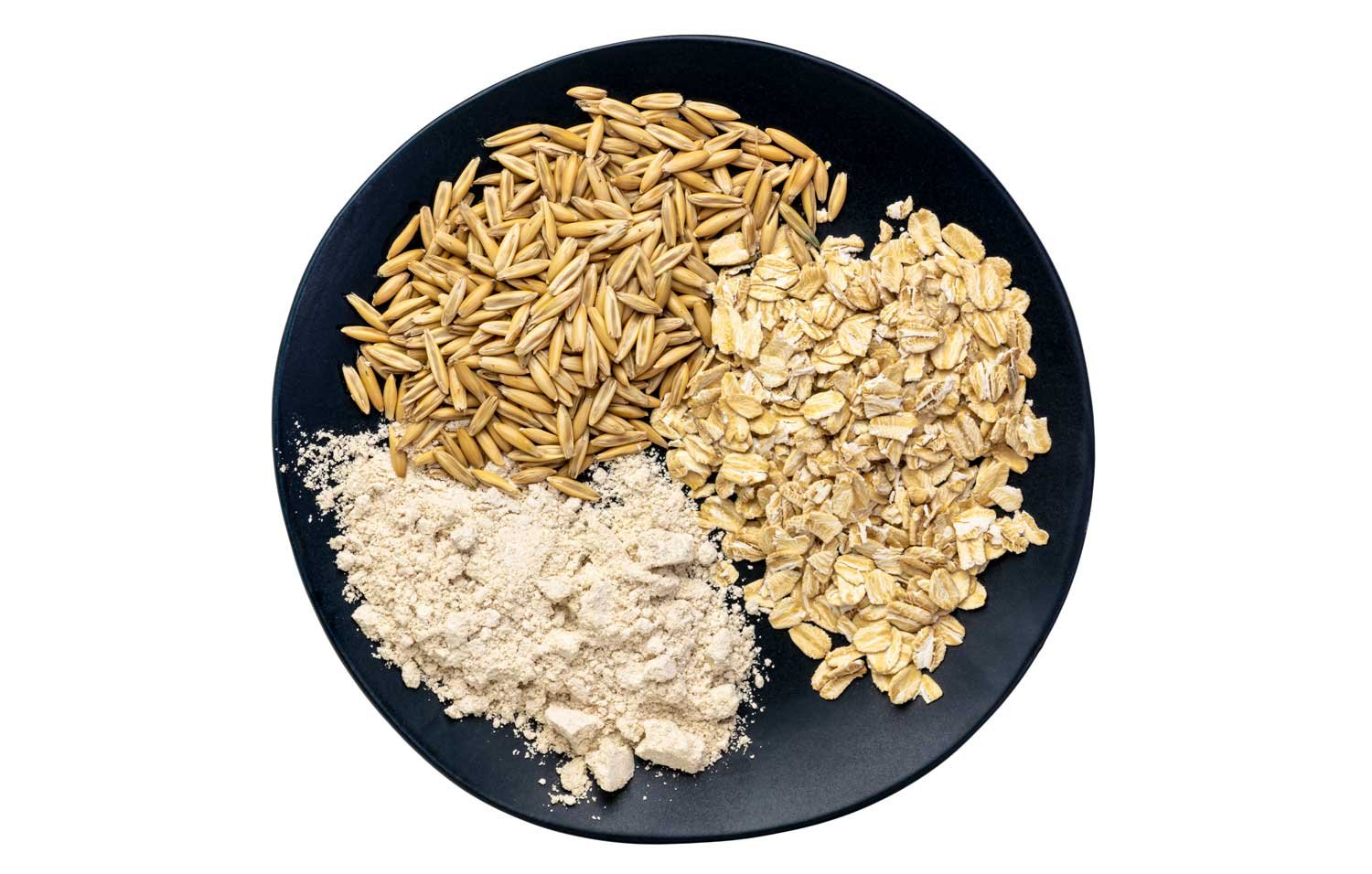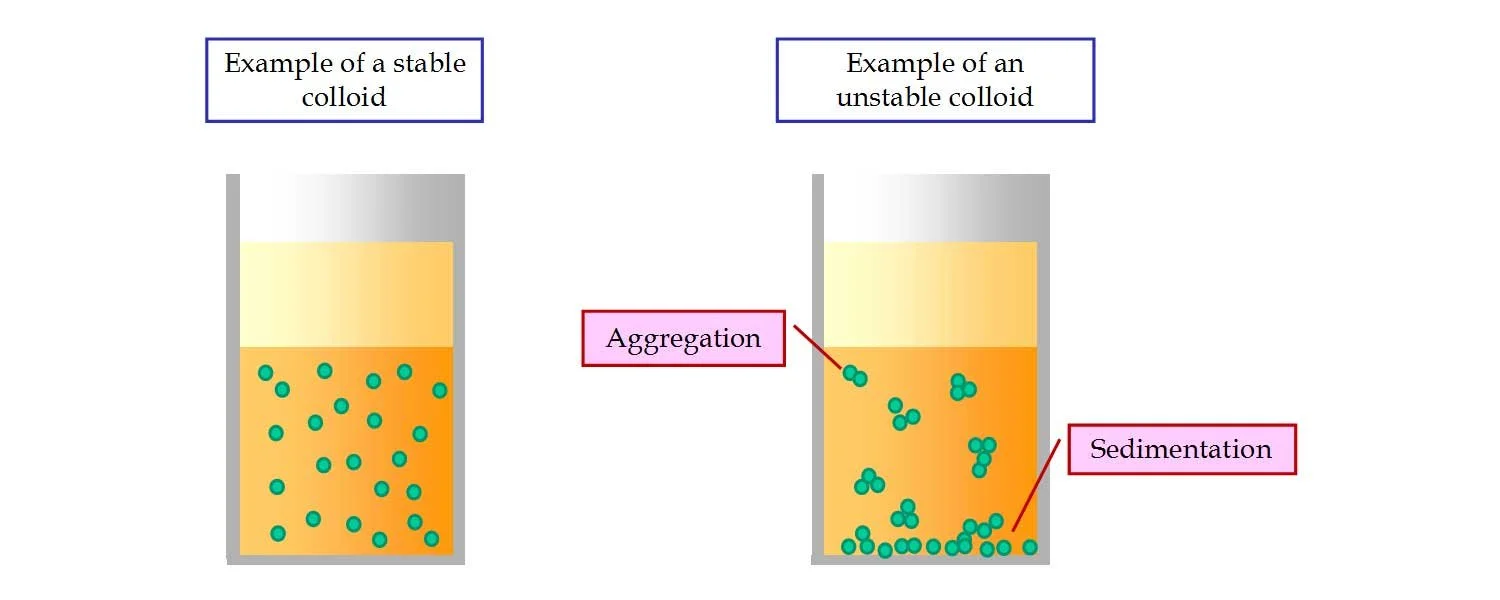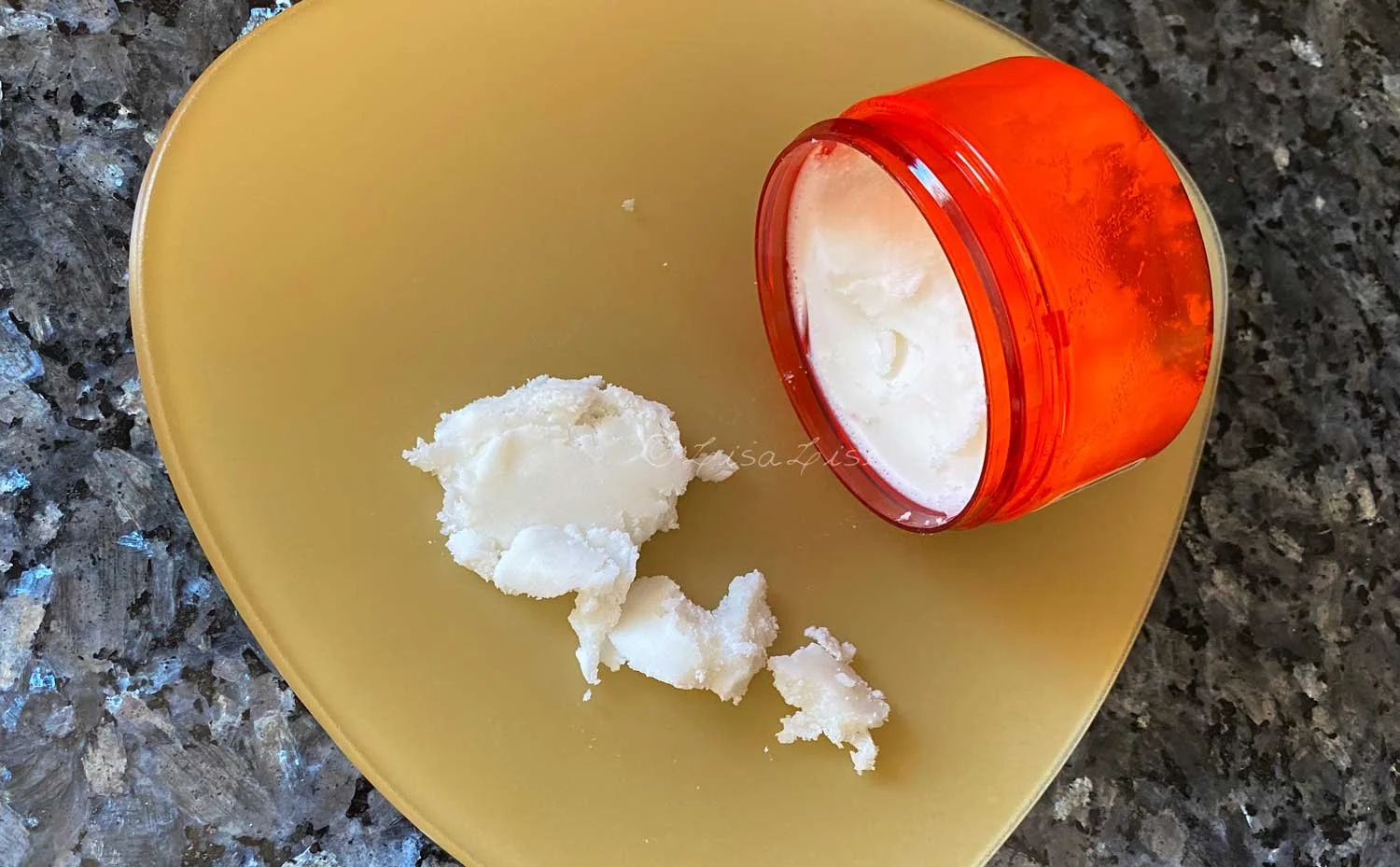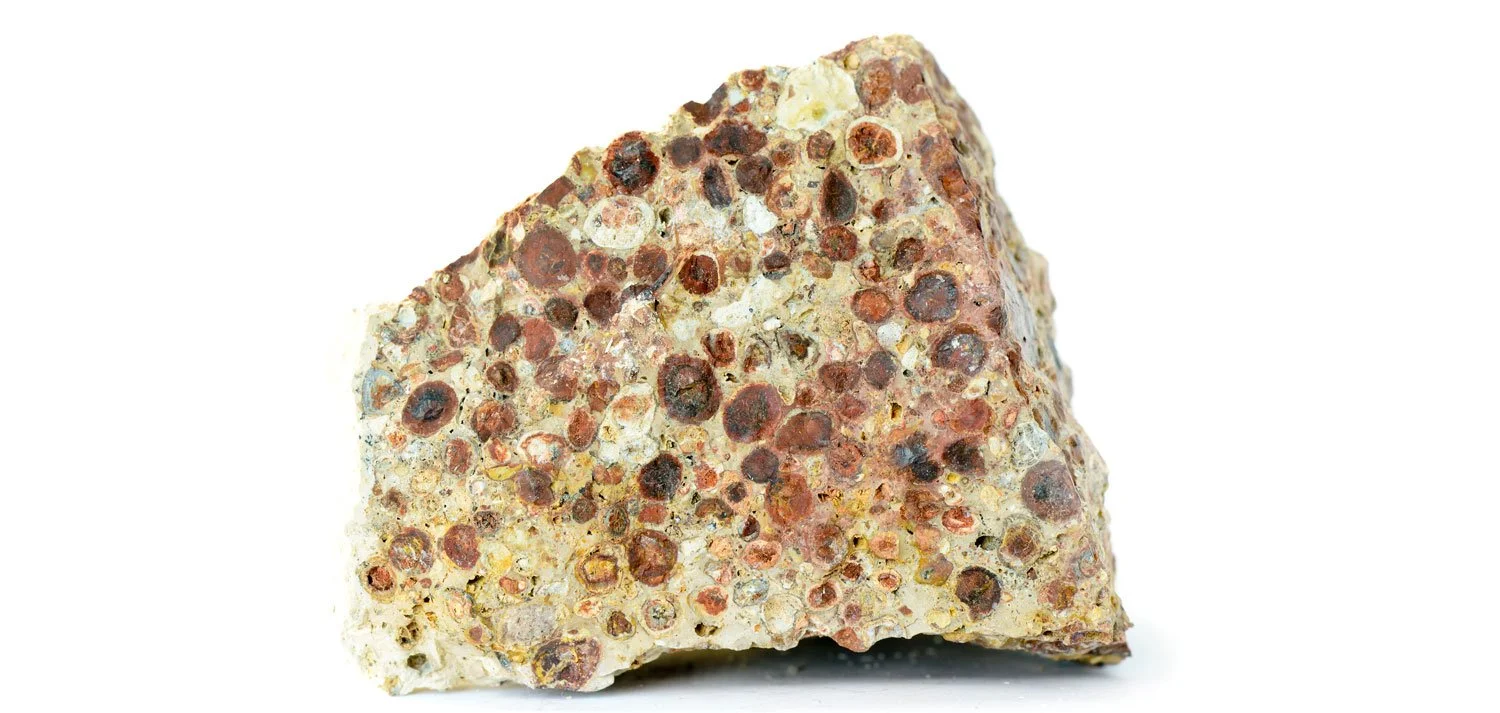Activated Charcoal as a Skincare Ingredient
Lise
Cleansing with Charcoal?
It does sound like a bit of an oxymoron, doesn't it? How can applying a black substance cleanse anything at all?
Let's take a closer look at the ins and outs of activated charcoal.
One of the more recent buzzwords making the rounds in the beauty (and health) industry is 'detoxify'. It's understandable actually. We are all exposed to more than our fair share of unwanted chemicals via both air and water in most modern environments. And as a natural extension, our first line of defence - our skin - is going to take a bit of a beating.
That is where detoxifying comes in.
Imagine finding something we could use that just cleared away all of the toxins and unwanted chemicals.
The Good News
The good news: that something exists.
Activated charcoal has the (documented) ability to draw out and adsorb unwanted chemicals when taken internally.
And before I continue, let's just clarify the difference between absorb and adsorb.
ABsorb vs ADsorb
An item that absorbs integrates a substance into itself (kind of like a sponge takes up water).
An item that adsorbs attracts and keeps the substance exclusively on its surface area.
Activated charcoal is great at adsorbing because it is extremely porous (read: loads of surface area). (LINK)
The Less Good News
Now for the less good news: (some) science says activated charcoal may not be all that with topical use.
Instead of being able to give you a long list of links to dozens of studies proving activated charcoal clears up acne, brightens skin, helps heal wounds, and erases 20 years of wrinkles, it appears the jury is still out on how well activated charcoal works when applied topically. (some links below).
While researching this, I read many of the cons as well as the pros on activated charcoal's abilities with topical use and decided to share my conclusion with you.
Seeing as activated charcoal has been used for water purification, preservation and wound treatments (!) since ancient Egyptian times (link) , I am of the opinion that (some) modern science really needs to catch up with what history has already shown.
You: Lise, you're questioning science again
Me: Of course I am. Proper science welcomes questions.
In truth, it is up to every individual to decide whether or not activated charcoal works for them.
Now let's examine what this black substance comes from and what we can use it for in a cosmetics/personal care setting.
Activated Charcoal Production
Activated Charcoal is also called activated carbon. The raw material can come from various types of sources - from petroleum pitch to wood, coconut husk or even bamboo.
The activated charcoal you can purchase from many cosmetic ingredient suppliers is often from coconut.
To transform charcoal to activated charcoal, it is heated using a special process that results in increased porosity and adsorption capabilities. (read more about the process here)
It may come as a surprise to some that there are different processes to producing activated charcoal and it is available in different shapes, with different pore structures, and even with different purities (LINK)
A gram of activated charcoal can have a specific surface area (SSA) ranging from 500 m2 to 3,000 m2. The higher the number, the better the adsorption. (LINK)
What is Activated Charcoal Used in?
I'm sure you remember a wave of activated charcoal toothpastes that swept the beauty and personal care scene a few short years ago. It seemed everyone was introducing a fashionably black toothpaste for whitening, brightening and supporting overall oral health.
I have yet to try this in one of my tooth powders, but writing about it has prompted me to add this to my to-do list.
Apart from oral care, you might find activated charcoal a useful ingredient in your
Face Masks
Face Cleansers
Soaps
Exfoliating sponges
Hair masks
Shampoo Bars
Deodorants
Do Tell
Have you worked with activated charcoal? What did you use it in and what were the results?
Please share in a comment below.
More Links:
This is a short list of some of the places I visited while researching this— the ‘titles’ are not written out. Each link is instead paired with a short description of the article’s conclusion.
Internal adsorption (LINK)
Ability to Bind salicylic acid (aspirin) (internal use) (LINK)
Activated charcoal may be functional in battling bacterial toxins and aid wound healing (LINK)
Activated charcoal dressing for diabetic foot ulcers (LINK to Chrome Extension PDF file)
For oral use (inconclusive evidence of detoxification used as tooth cleanser) (LINK)
For oral use: no increased erosion of tooth enamel (LINK)
For topical use on skin: inconclusive (LINK to Chrome Extension PDF file)
Inconclusive, not FDA approved, anecdotal (LINK)
Possible benefits for skin (Medical News Today) (LINK)
Short History of activated charcoal (from a supplier of activated charcoal) (LINK)
Below is my book formulation template on how to make your own tooth powders.



















